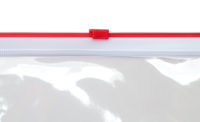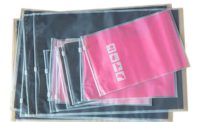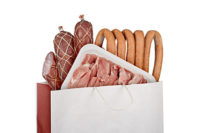Resealable packaging has been a marketplace staple for a good while now, marveling us with the coolness of its technologies and, yes, far too often frustrating us to no end. The fledgling intent was praiseworthy; the spotty performance was not.
So much of that has changed for the better. Resealable packaging ushered in an era of true consumer convenience well beyond just the touchable feature of reclosing.
At home, the benefit of keeping products such as ready-to-eat meats fresh longer by casting the retail package in the dual role of a primary storage container, because it could be effectively and easily resealed, was a game changer for shoppers. We liked it. No longer did we have to put a clip on the package to keep it closed or put the meat in another bag. Real value had been delivered to the marketplace.
Variations on the theme “wow” us as they appear on the retail stage from zippers — I can close them in three tries now — to lidded containers that enable shoppers to take the meat from its thermoformed package and place it back into the container as the secondary package for the refrigerator. Because the technologies work more consistently and securely, frozen products such as chicken breasts commonly use them with little worry about freezer burn that can happen without a good reseal.
Providing a full and complete seal and simply doing it time and time again led to the slider. It is a lot easier to use than a zipper and consistently comes across as better value. Slide it from one side to the other and be confident it has resealed. It is just so simple.
With a zipper you pinch together your fingers and go across the rib. It may close part of the way and it may not for the rest. Enter two ribs instead of one to help ensure a more complete seal. At least you might get one of them, if not both, but at minimum you create a tortuous path for oxygen to get into the package or for moisture to leave it. The technology has continuously evolved with performance steadily improving.
Resealable packaging benefits mightily from this era of heightened innovation in high-value, ready-to-eat products, each trying to find its place and flourish in a marketplace influenced by meal occasions all day, rapidly expanding cultural diversity and emerging ethnic tastes. Because these products create more margin dollars and have more value to protect, they can carry the costs of recloseable technologies.
Resealable packaging’s convenience, reliability and freshness protection mesh well with consumers’ expectations of value about food today, and they do their part to help reinforce the notion that we are getting our money’s worth. NP







Report Abusive Comment